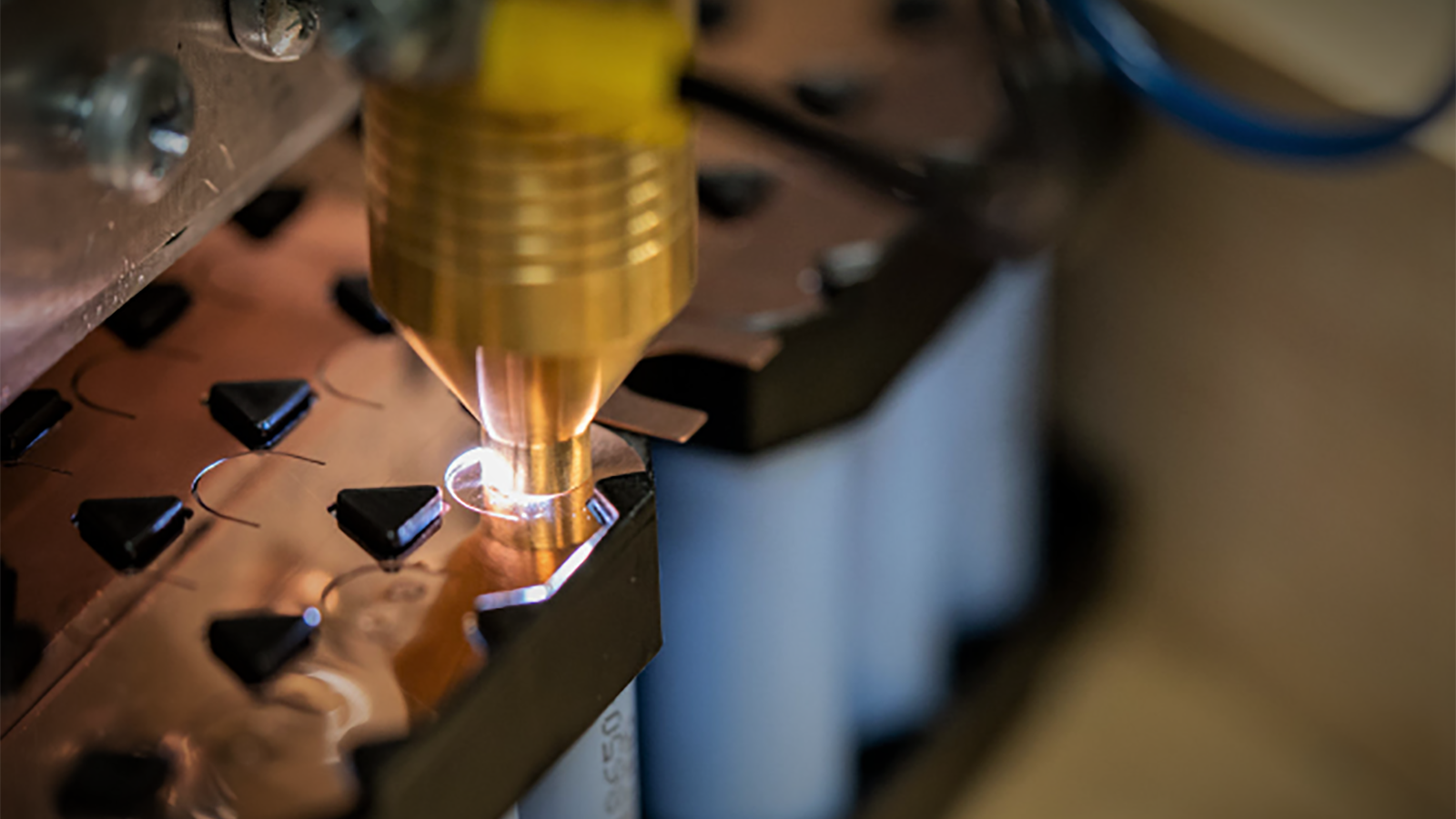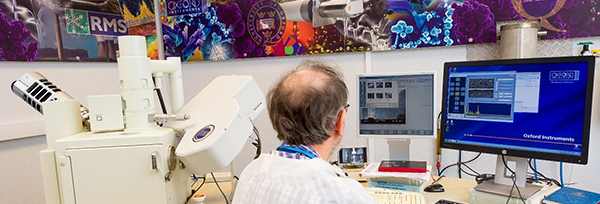This website uses cookies so that we can provide you with the best user experience possible. Cookie information is stored in your browser and performs functions such as recognising you when you return to our website and helping our team to understand which sections of the website you find most interesting and useful.

Metallographic analysis of welds on lithium ion battery cells
Supporting SMEs to derisk research and development activity
For subsea energy solutions provider, EC-OG, high quality battery cell welds are key to ensuring robustness and efficient performance of subsea batteries. Metallography offers the opportunity to examine how the welding process affects the microstructure whilst gaining confidence that production welds are free of defects. As a UK based SME, EC-OG received funding and expertise from the Henry Royce Institute to perform metallographic examinations using Royce facilities at the University of Oxford’s Materials Characterisation Service (OMCS).
One of the key challenges with lithium ion battery cells is connecting them electrically to form battery modules. There are several competing weld technologies available for this purpose, each with their own pros and cons. Presently, there is no standardised welding method or industry accepted parameters for welding cells. As such, the onus is on the battery manufacturer to determine and validate the parameters for welding battery cells.

EC-OG has performed a series of weld parameter optimisation trials and are currently subjecting candidate welds to an internally developed qualification procedure. The qualification process includes visual examination, peel testing and finally metallographic examination.
Support from the Henry Royce Institute
As a UK based SME, EC-OG received funding from the Henry Royce Institute to perform metallographic examinations using Royce facilities at the University of Oxford’s Materials Characterisation Service (OMCS).
The OMCS is led by experienced characterisation specialists who developed a sample preparation and test regime in collaboration with EC-OG. This work has enabled EC-OG to qualify the examined welds. The approach will enable further qualification tests to be performed with quick turn-around times, to support EC-OG as it brings online additional welding equipment.
EC-OG have been investing in new battery manufacturing facilities, which support rapid prototyping as well as building on the company’s existing in-house battery and subsea engineering expertise. Accessing the Henry Royce Institute facilities and expertise has helped the company develop shorter build time and control of supply chain, supporting clients and opening up new opportunities in the electrification of subsea systems, including in renewable energy installations.
EC-OG can access Royce’s rich analysis capabilities at the University of Oxford and the availability of the specialist expertise gives EC-OG confidence in their ability to keep at the forefront of the decarbonisation of the industry.
When welding battery cells a balance between cell integrity, weld strength and production efficiency must be found. The evaluation of cell integrity is best achieved through metallography. The SEM/EDX analysis enabled by the Henry Royce Institute at the University of Oxford was critical for determining the cell material grade and this can help accelerate future welding trials.
Daniel Willoughby, CEng MIMechE | Senior Mechanical Engineer | EC-OG
EC-OG began their R&D journey with the University of Oxford at a Royce industry focused workshop for advanced electron microscopy facilities and techniques. The collaboration between EC-OG and OMCS was then managed by Robin Morris (Energy Storage Business Development Manager).



